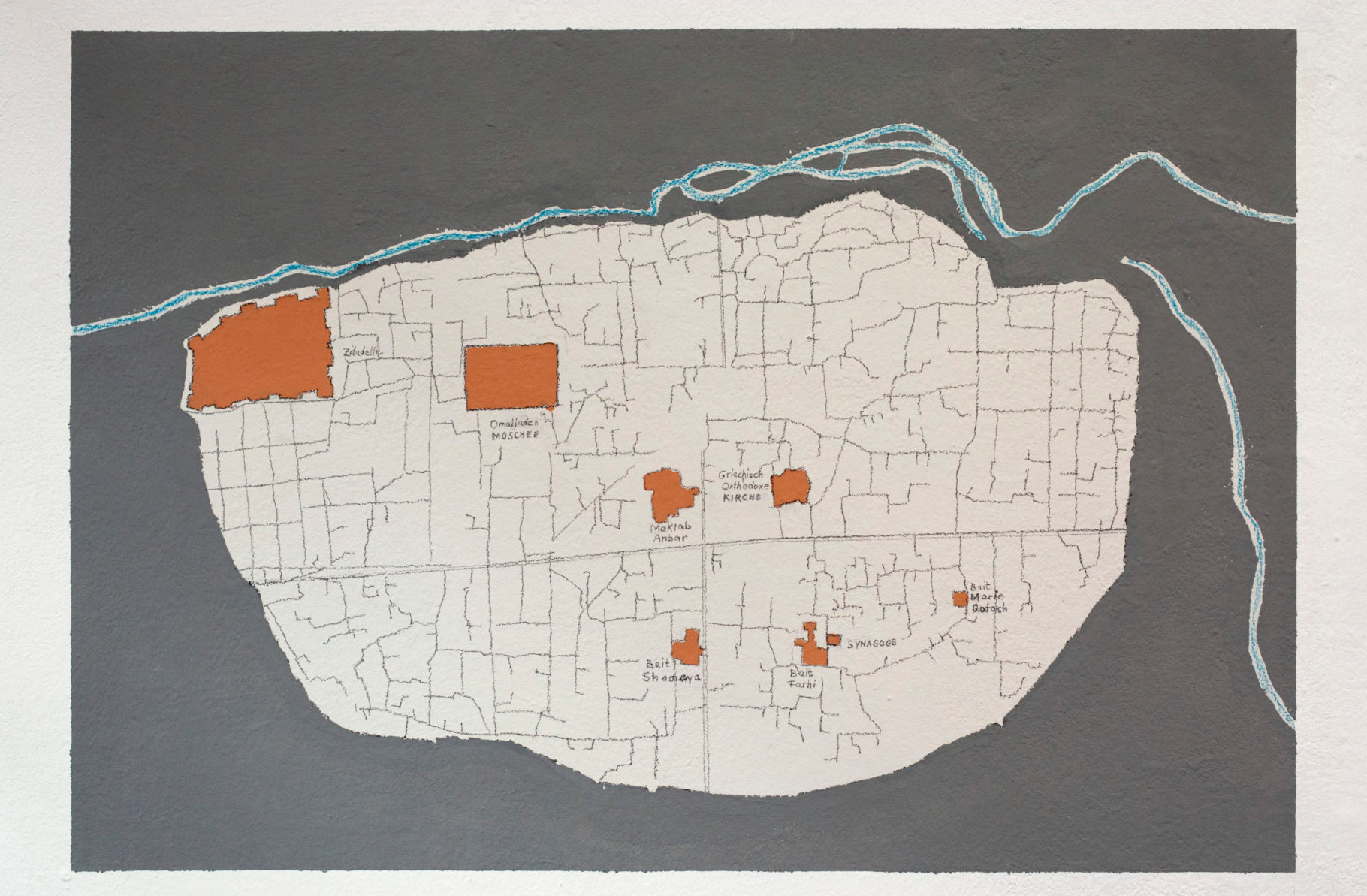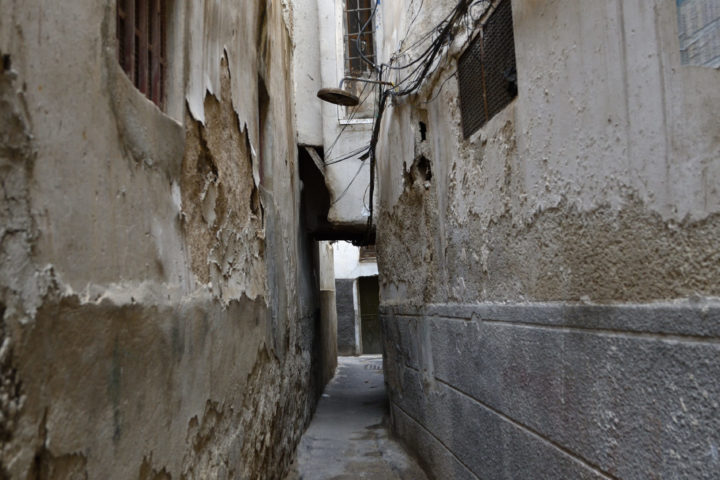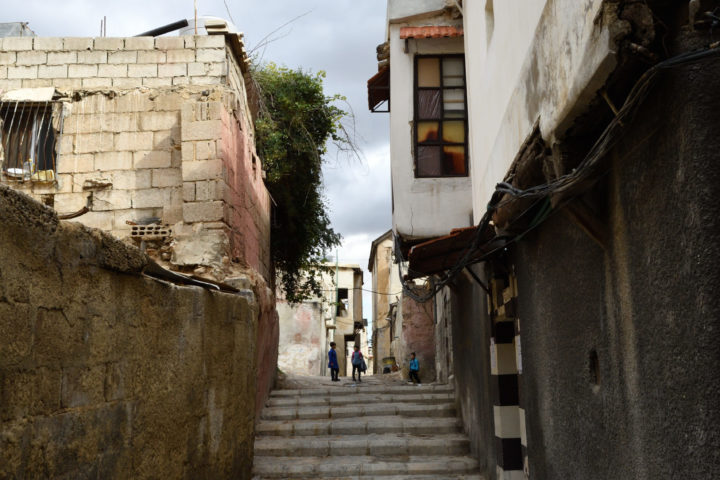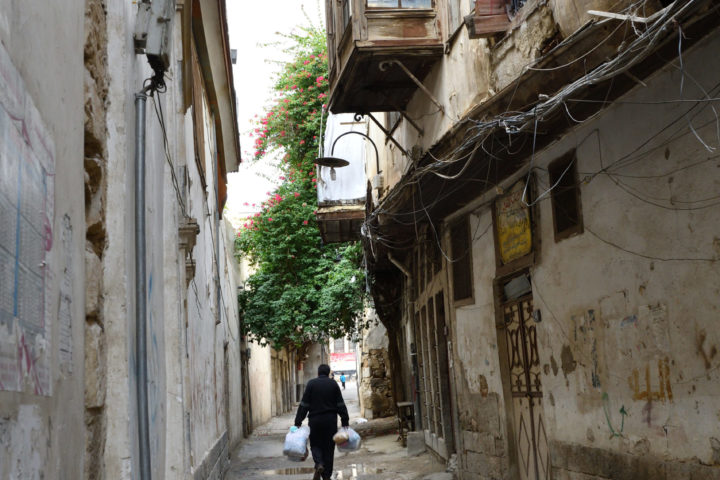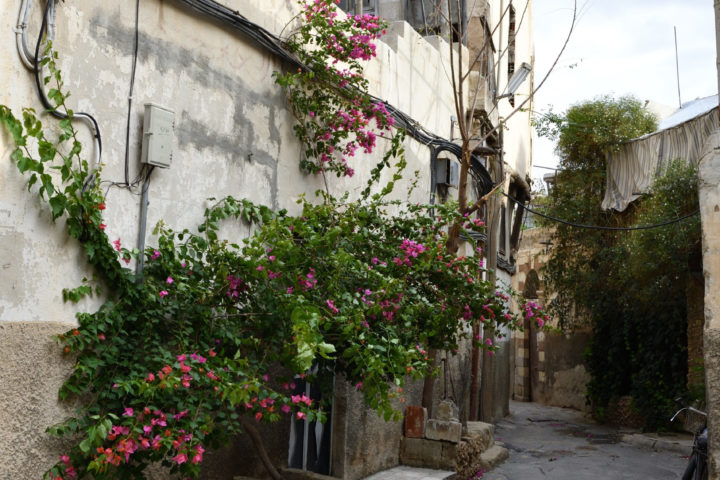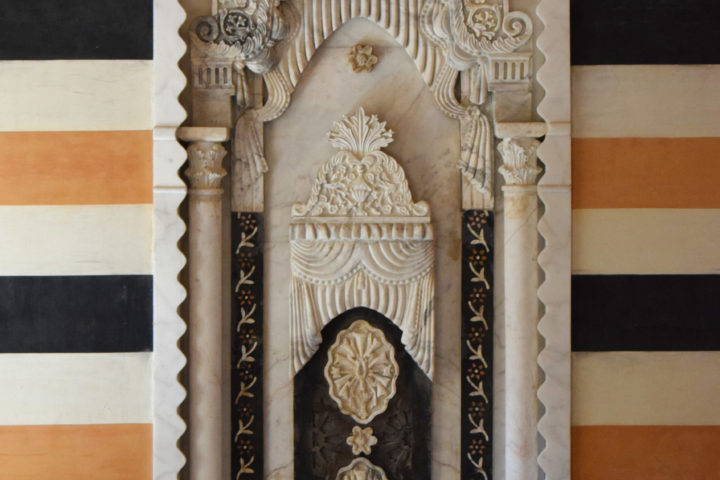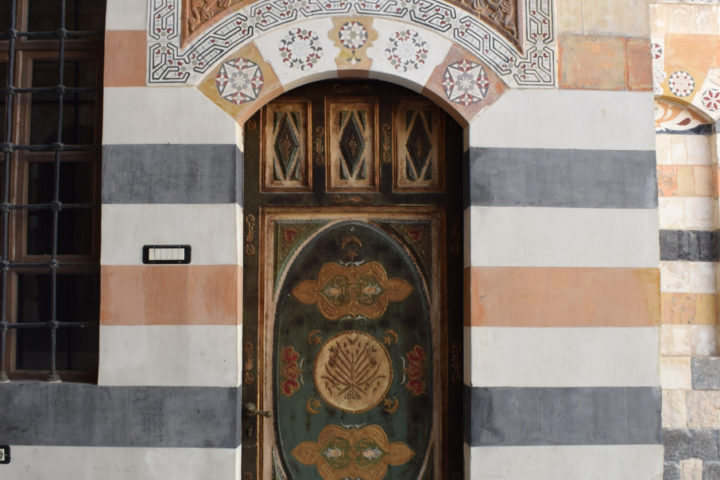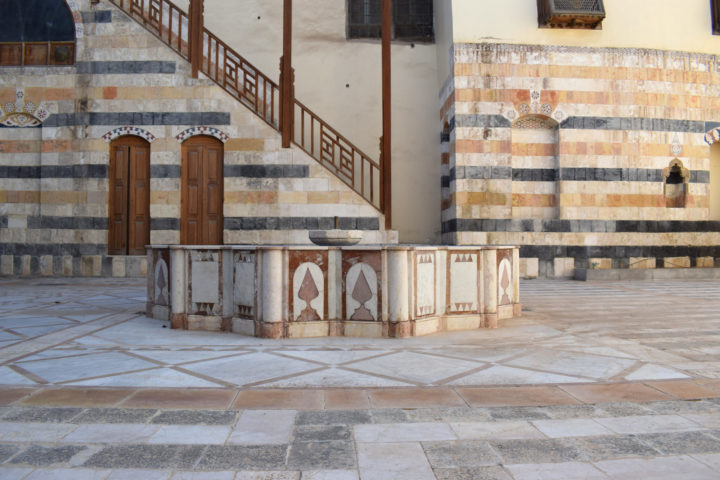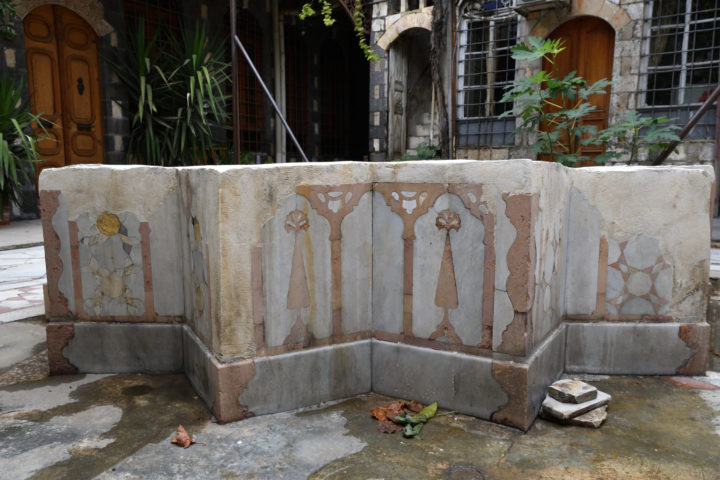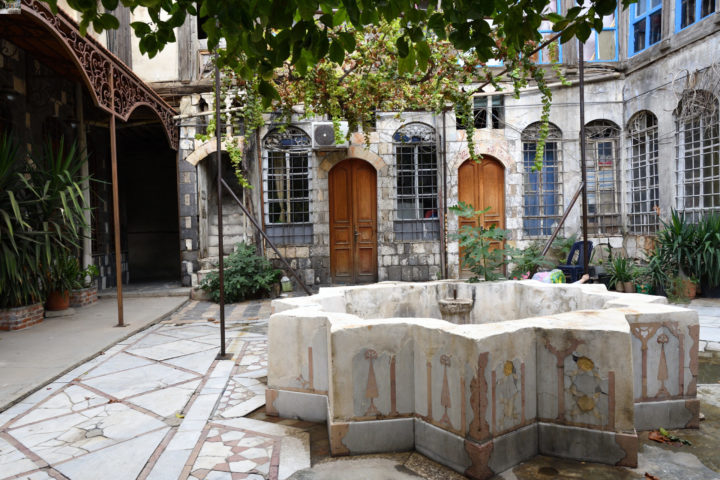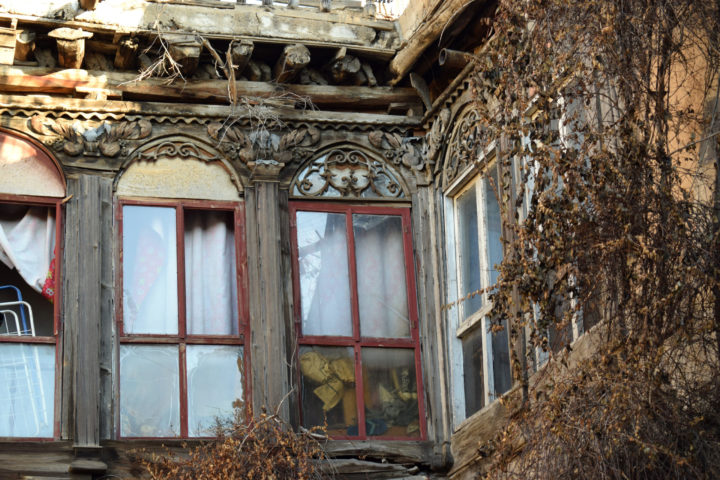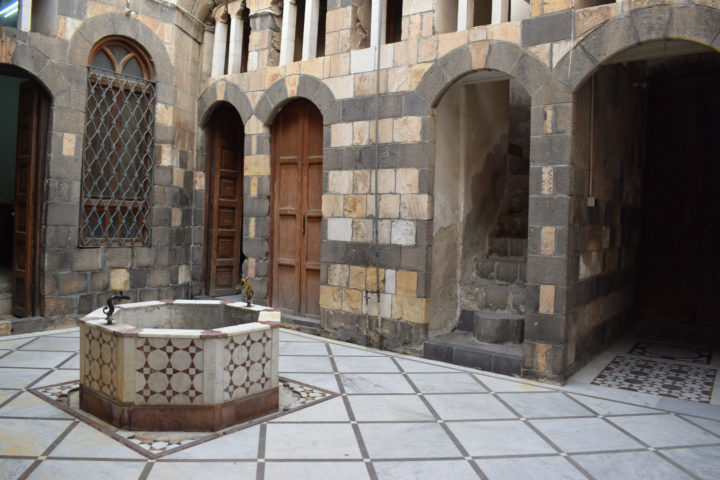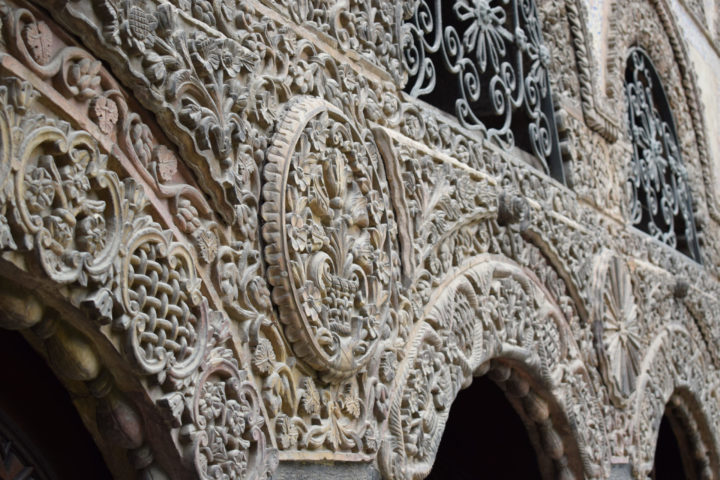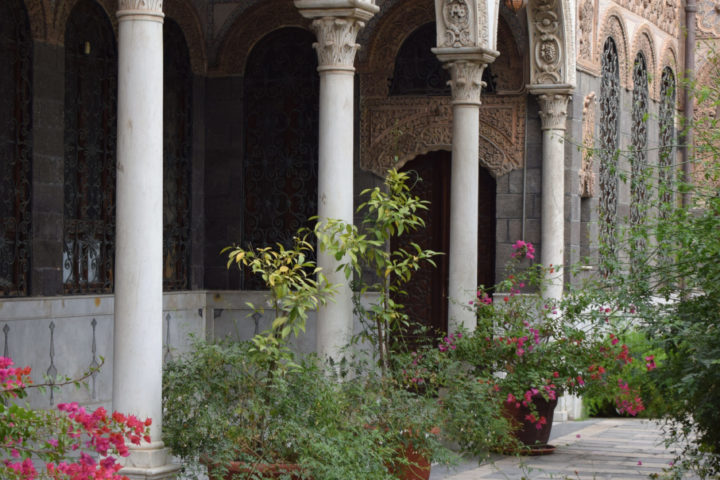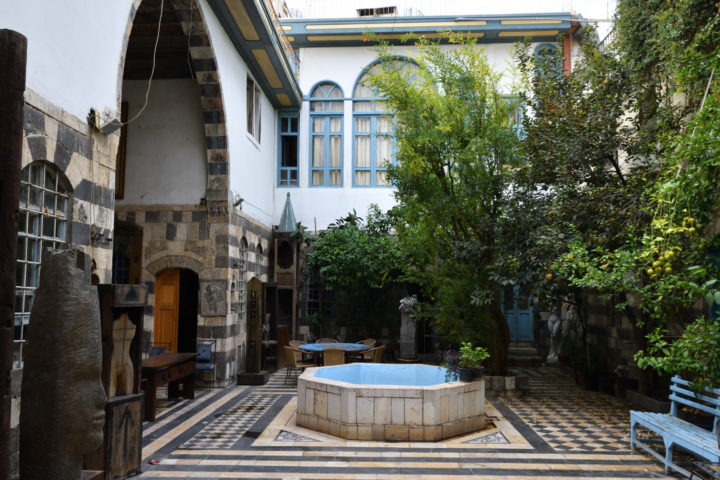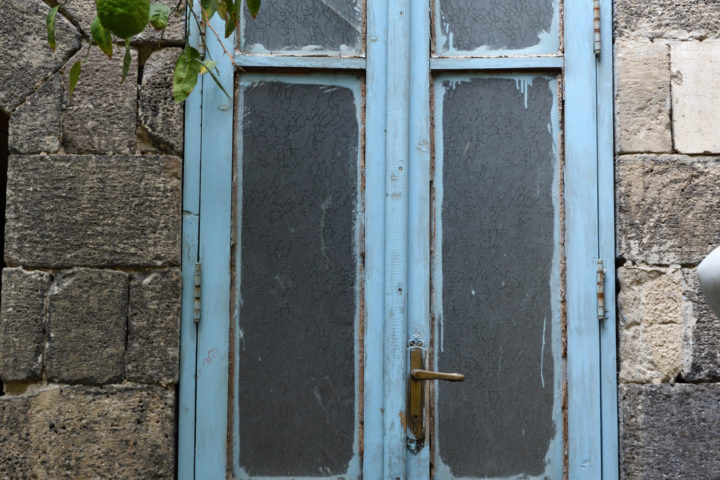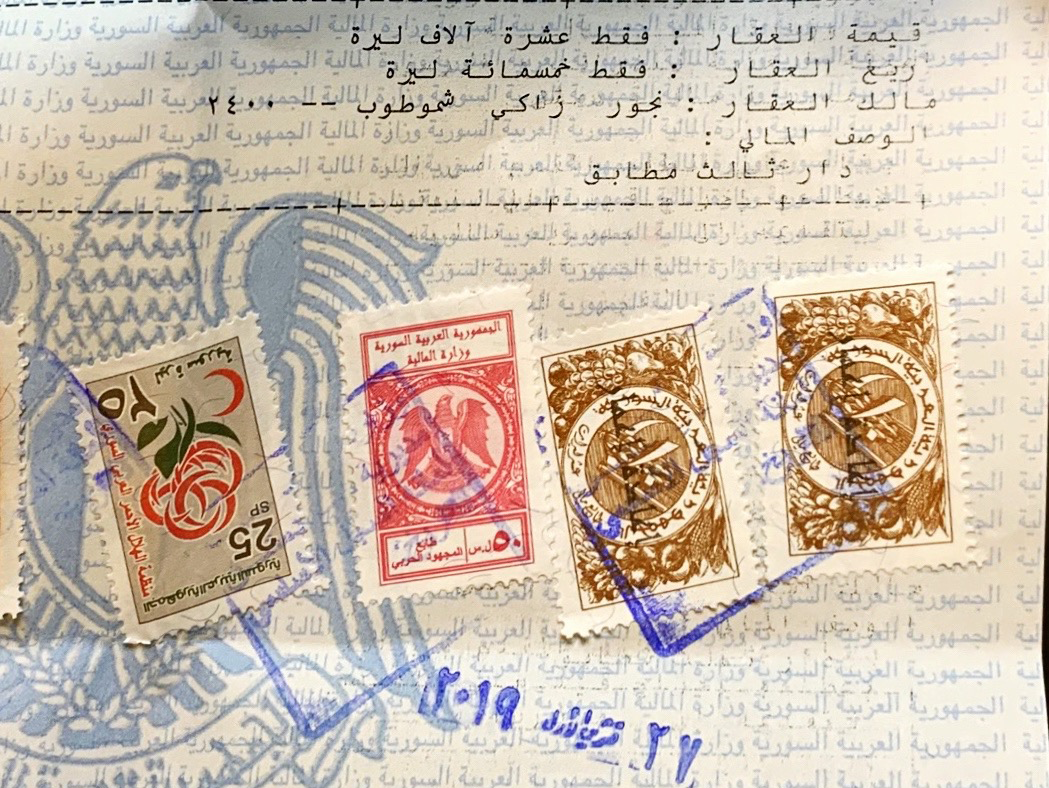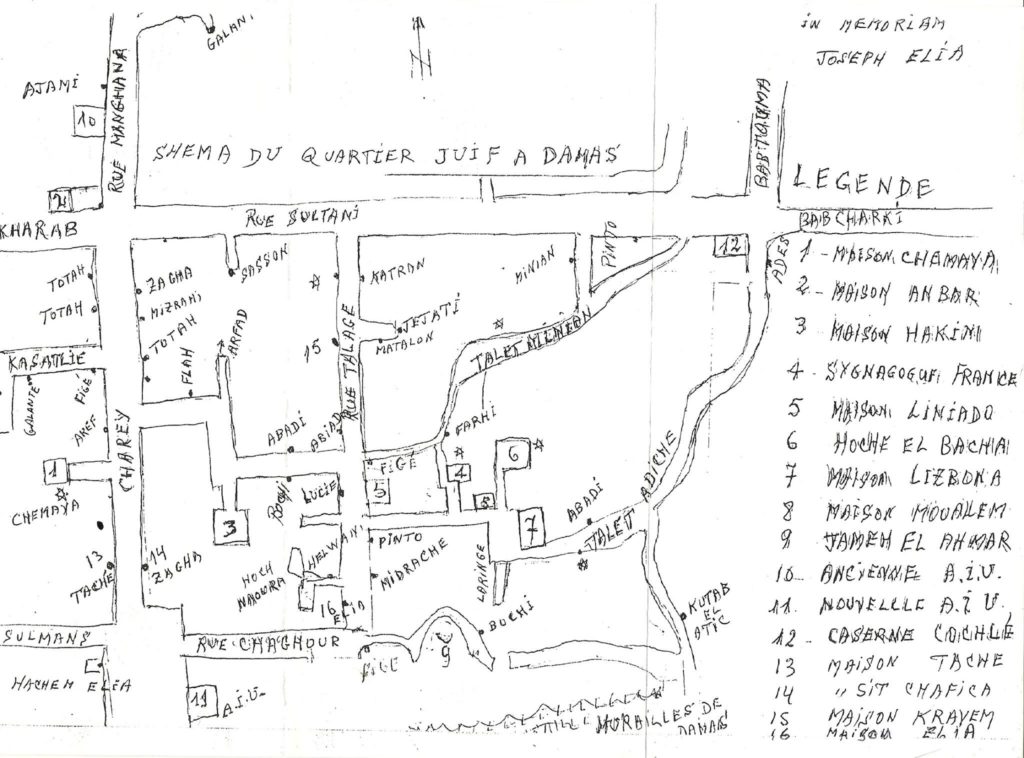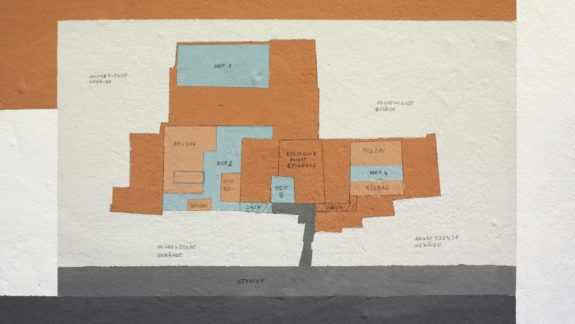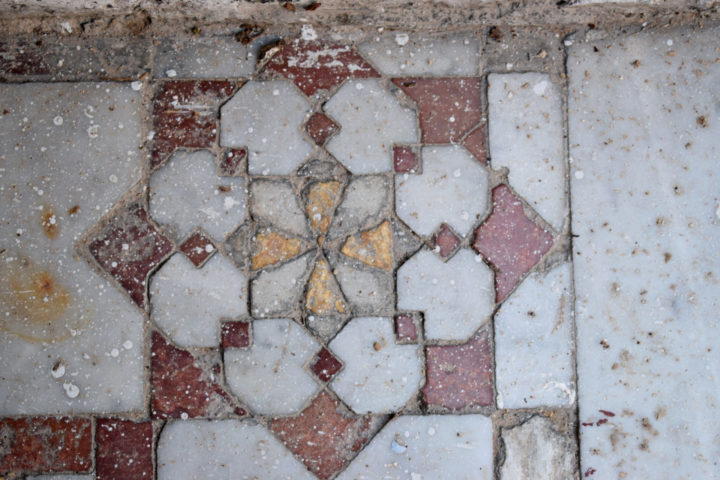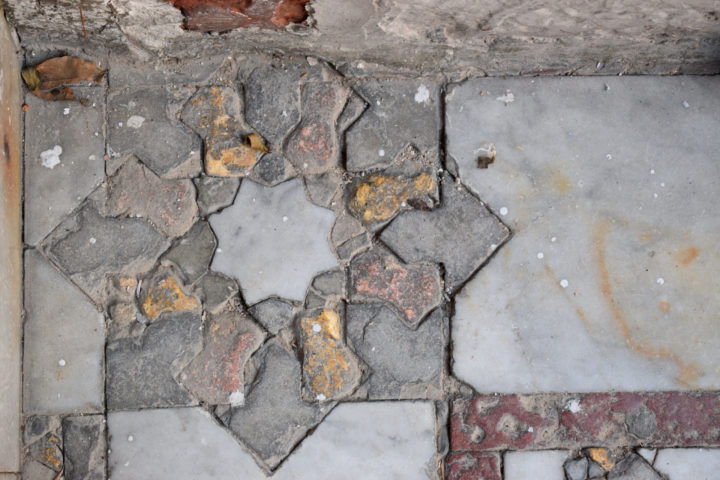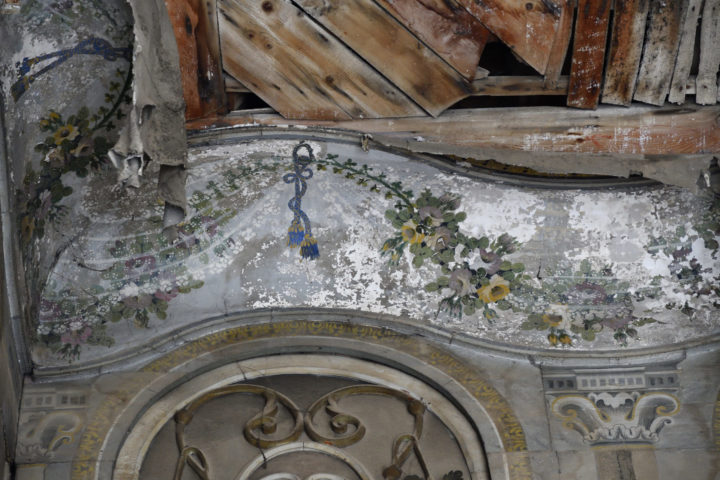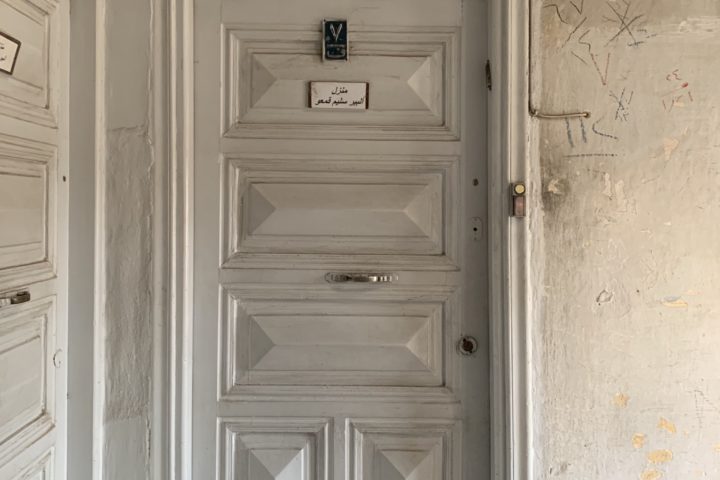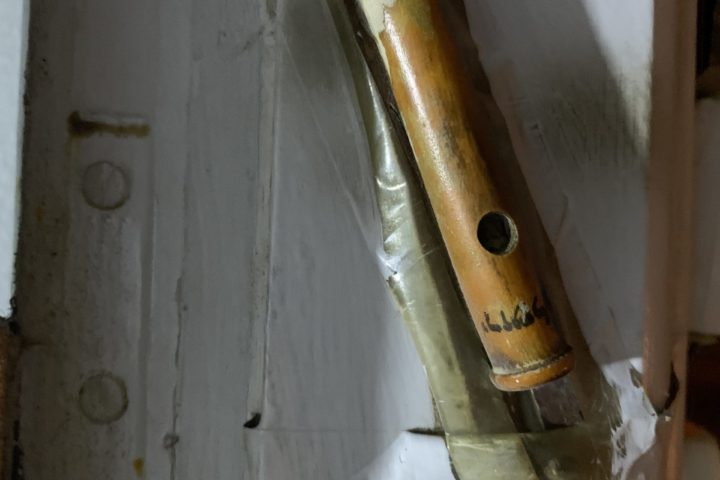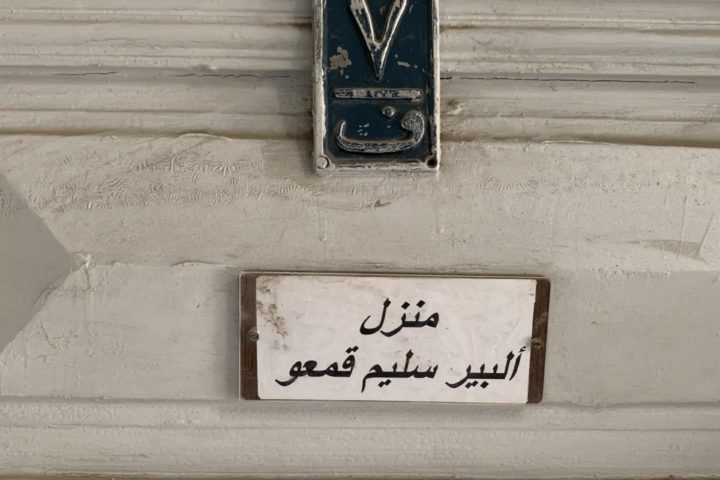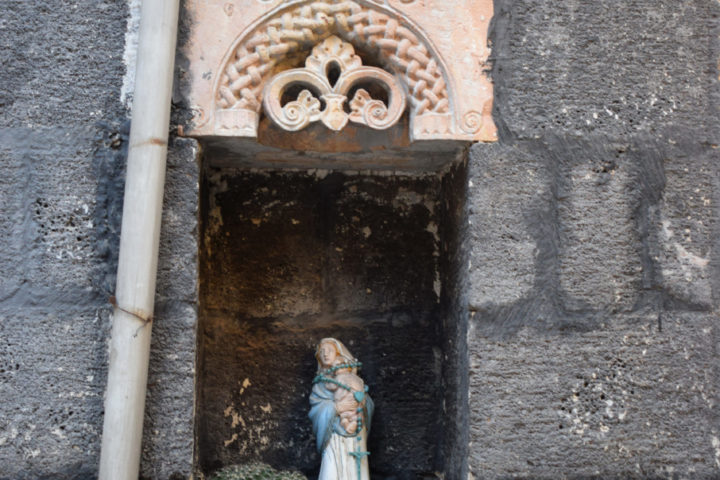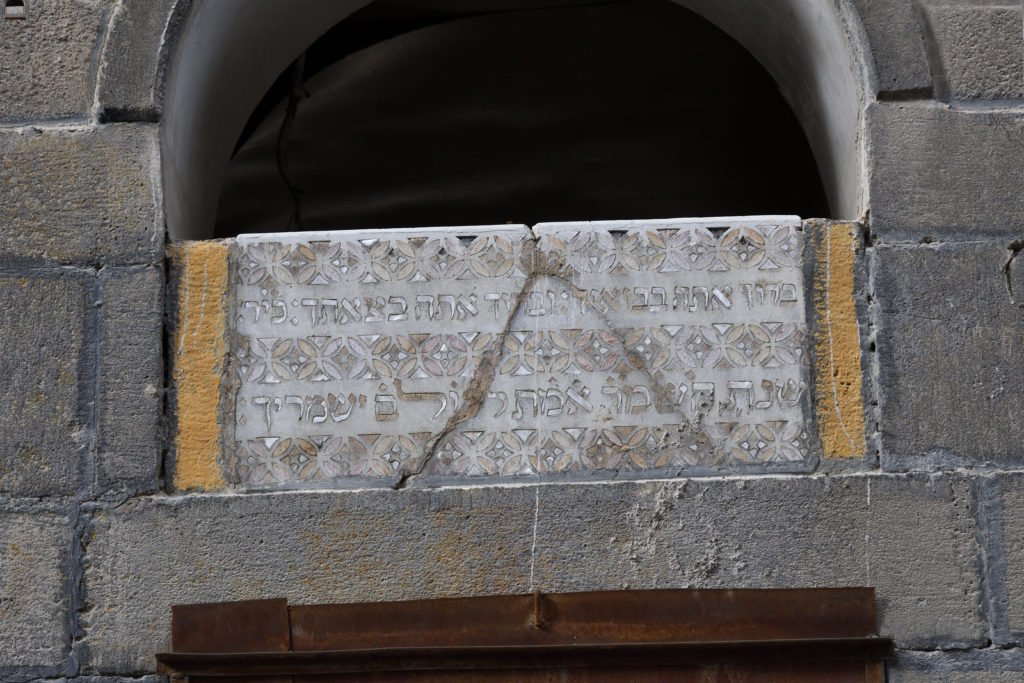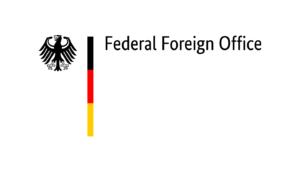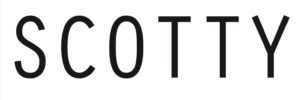The Jewish Quarter of Damascus still shows traces of a former dynamic, Jewish community life. The photographs document this changeable life, the dealing with limitations and the changes in the quarter.
Jewish Quarter and Shamaya-Palace
Languages:
The Jewish Quarter in Damascus
Map of the Old town of Damascus (Old Damascus): Jewish quarter in the southeast, Christian quarter in the northeast, Muslim quarter on the west side. This division of the quarters is historical, the boundaries are not architecturally recognizable and the inhabitants are heterogeneous. For a long time, the old city was considered a run-down, poor residential area, but today increasing gentrification is making itself felt. Many of the houses are now privately owned again and have been extensively renovated.
Street views of the Jewish Quarter
Farhi-Palace (today a luxury hotel)
Bait Qatash
Maktab Anbar
Gallery Mustafa Ali
After the founding of the state of Israel houses of Jewish families who had left Syria were confiscated by the state. Palestinian refugees were housed in some of these houses.
Many of the houses in the Jewish Quarter are now closed and the properties are not accessible. They are under the supervision of a non-Jewish state authority that is responsible for all “Jewish affairs”. When the ban on Jews leaving the country was lifted in 1992, the majority of Damascene Jews who remained in the country sold their houses before leaving the country in the early 1990s. Some made their property available for rent under 99-year contracts. Since the early 2000s, many houses in the Jewish quarter have been renovated by their new owners and converted into hotels or art galleries; the most famous are The Talisman, Bayt Farhi, and the Mustafa Ali Gallery.
The former Shamaya-Palace
The Shamaya-Palace was one of the most magnificent houses on the periphery of the Jewish Quarter. After the owners left the country, the building was confiscated by the state and used as accommodation for 50 Palestinian refugee families. For this purpose, the palace itself was divided into parcels and apartments and the formerly spacious courtyards were filled with houses. There is only one entrance from the street, the corridors are narrow and the structural substance of the inserted houses is poor. The former palace can only be recognized by traces, as in this detailed photo from the photo loop, which shows the entrance to the former private synagogue.
Close-ups of the Jewish Quarter
The lintel is a marble plaque with a Hebrew blessing from the Torah (Deut 28:6) at the front entrance of the house of the Moussa Khaski family. The family moved from Damascus to Brooklyn in the early 1990s. The lintel was covered with clay by the owners in 1948, after more and more Palestinian refugees settled in abandoned houses in the Jewish quarter. During this time, many Jews who still lived in the Jewish quarter feared that conflicts between them and the new arrivals could arise. Therefore, the Khaskis decided to remove any reference to their Jewish origins. In the winter of 2019, heavy rainfall in the city of Damascus exposed the lintel again.
The online exhibition “Side by Side” is part of the project The Course of (Hi)stories.
The Course of (Hi)stories is a project by Minor Kontor and is funded by the Federal Agency for Civic Education and the Federal Foreign Office. It is under the patronage of Foreign Minister Heiko Maas.
